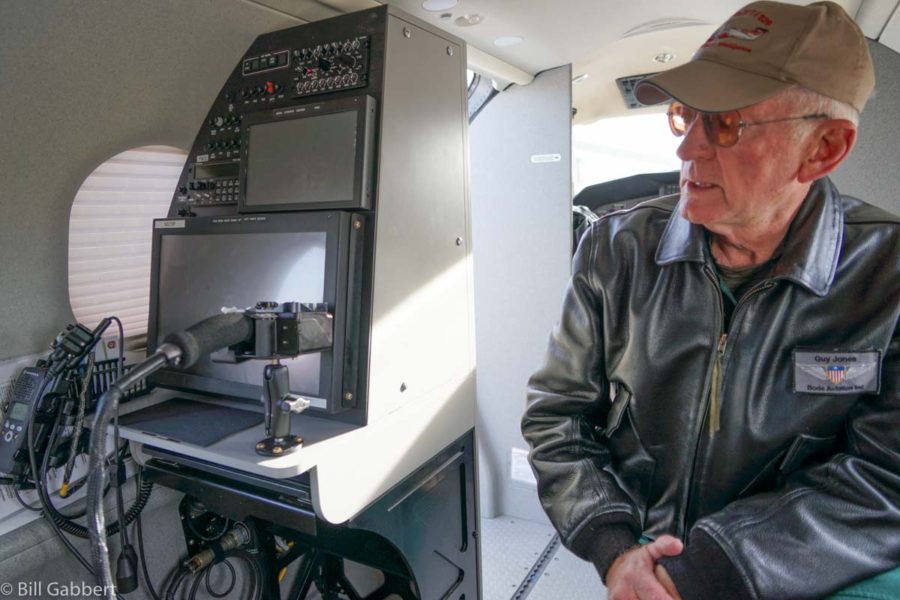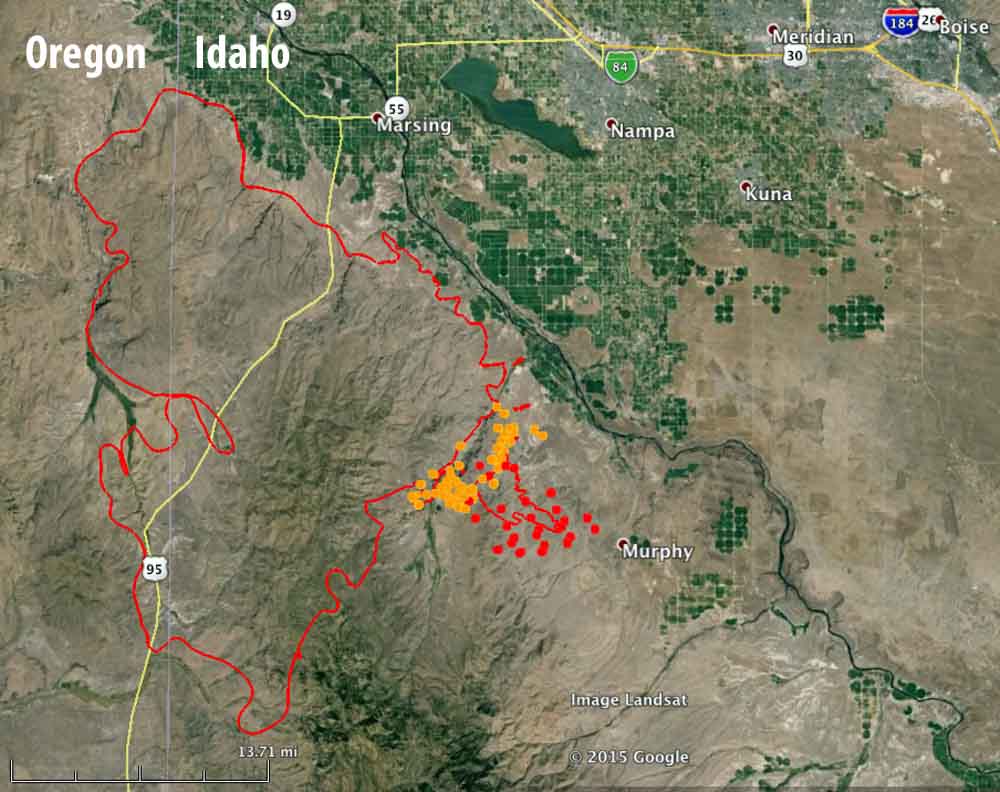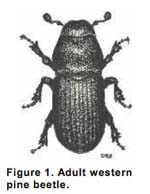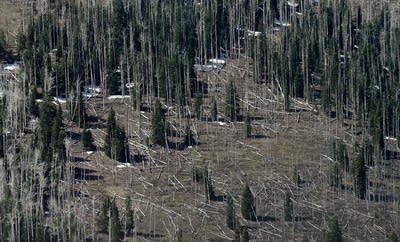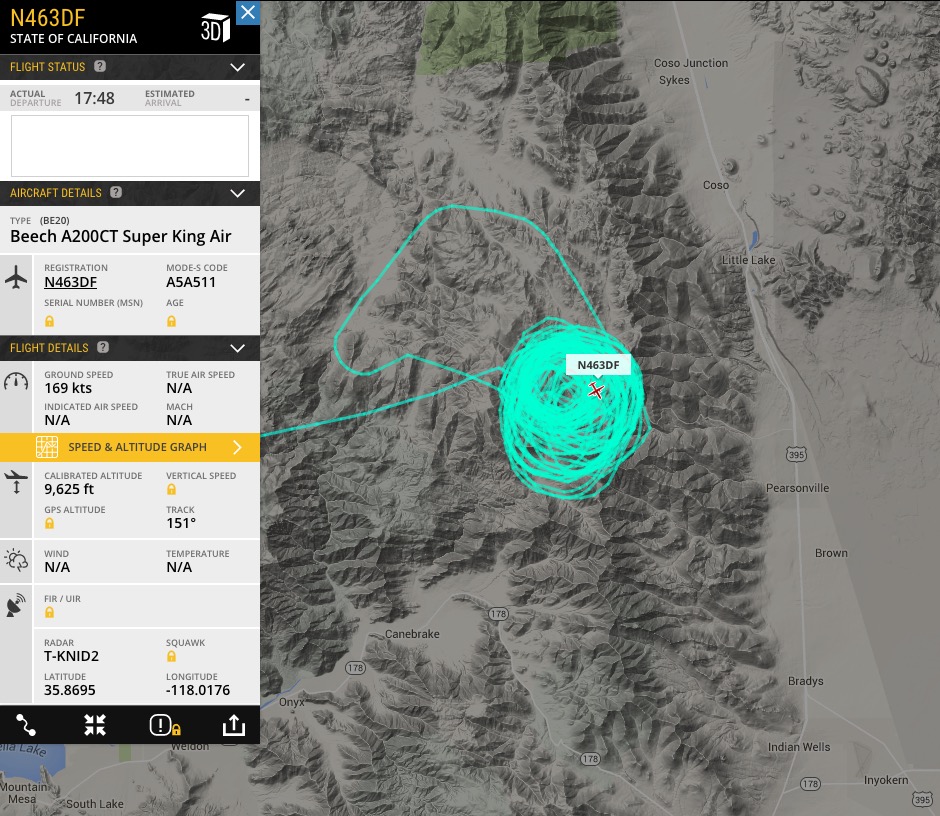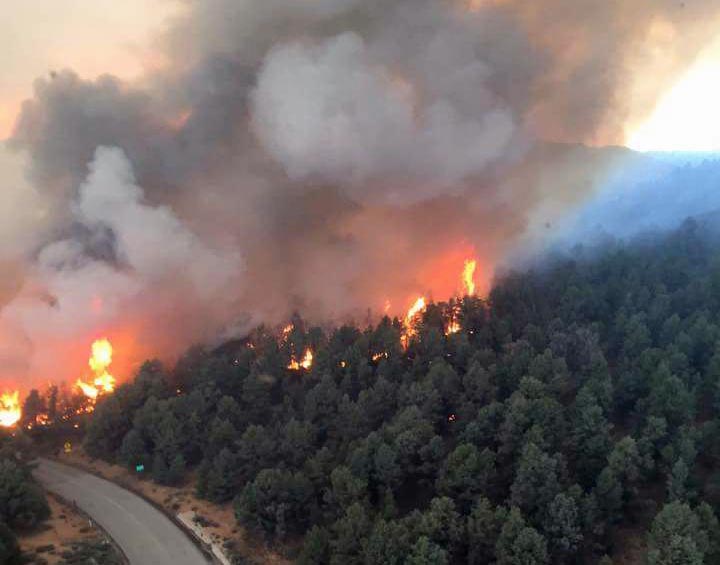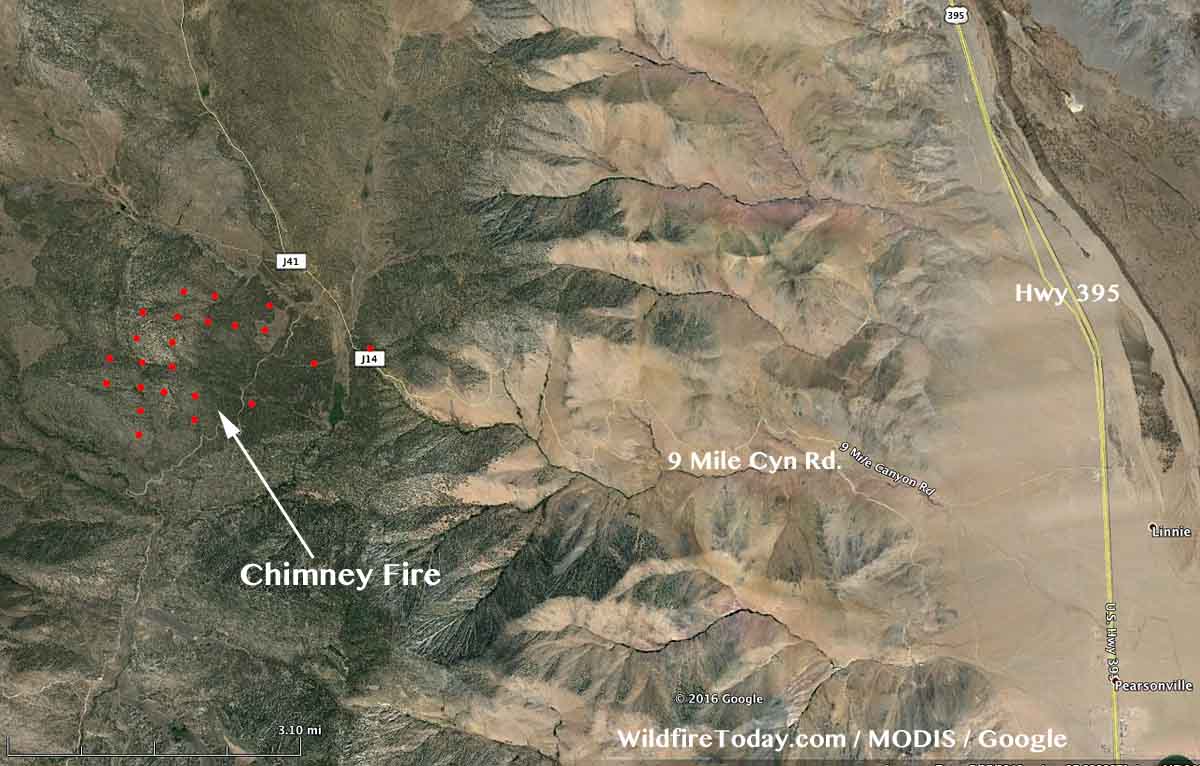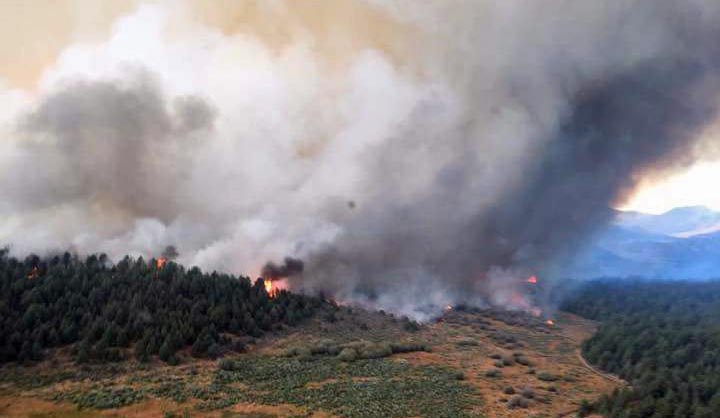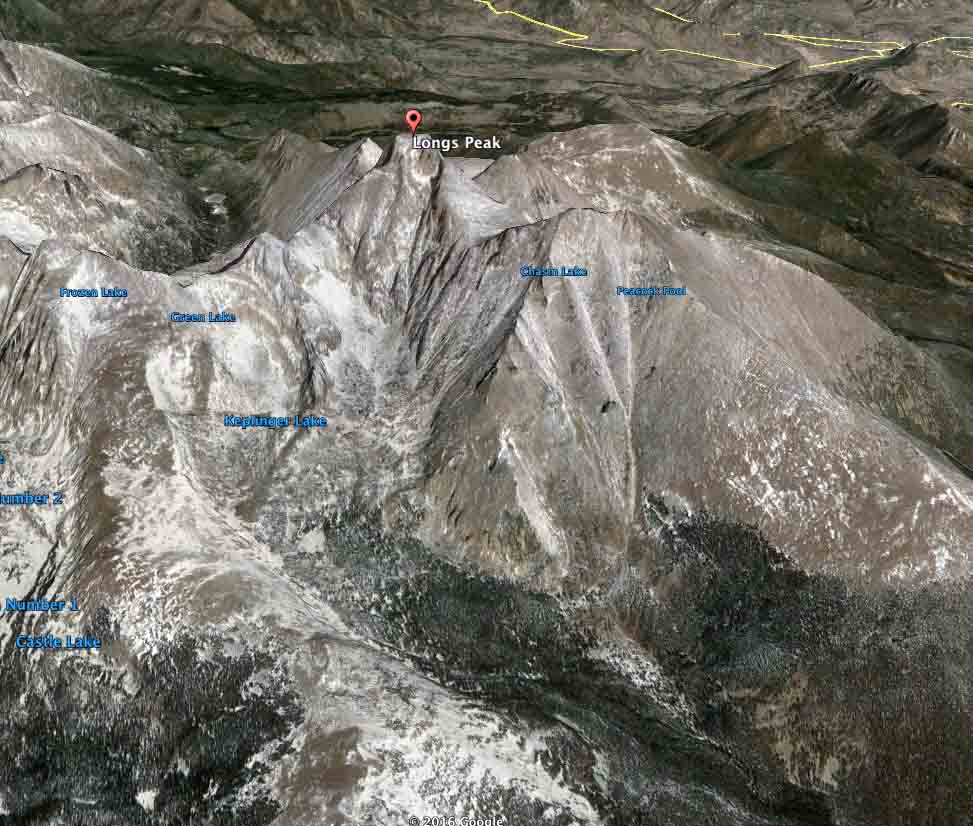
(UPDATED at 2:10 p.m. MDT, June 3, 2016)

Ten soldiers, some of them with the 10th Special Forces Group based at Fort Carson, are being rescued from Longs Peak in Rocky Mountain National Park. Between 1:30 and 2 p.m. MDT TheDenverChannel streamed live video of a helicopter extracting personnel from the summit of the peak which is about 48 miles northwest of downtown Denver.
Kyle Patterson, a public affairs officer for the Park, said the state’s Pilatus PC-12 Multi-Mission Aircraft was used for reconnaissance. At 12:19 p.m. MDT she stated:
Late last night, Rocky Mountain National Park staff were notified that a group of ten people were requesting assistance on Kiener’s Route on Longs Peak. The group consists of a variety of military personnel affiliated with Fort Carson. This group was involved in a climbing training. A few members reported having some degree of distress and were having difficulty continuing up the route. The group was not planning to over-night in the area. The group continues to self-rescue by assisting each other to climb to the summit of Longs Peak.
Park rangers are planning evacuation efforts from the summit of Longs Peak via helicopter, weather and conditions permitting. Rangers are also planning to assist the group to the summit, if needed. There are forty-three park personnel affiliated with this incident. Helicopter operations have taken place within the last hour to help with reconnaissance efforts.
Lt. Colonel Sean Ryan, a spokesman for the 10th Special Forces Group based at Fort Carson, confirmed this is a Green Beret unit.
Ryan said two members of the group got altitude sickness. He stressed that no one is missing and that altitude sickness can be a factor in mountain training.
****
(Originally published at 12:11 p.m. MDT, June 3, 2016)
An aircraft normally used for detecting and mapping wildfires has been mobilized to assist in the rescue of 10 overdue military personnel in Rocky Mountain National Park. The location is centered around Longs Peak which is 10 miles southwest of Estes Park, Colorado and about 48 miles northwest of downtown Denver.
This is a developing story which we will update as more information is available.
According to the Colorado Division of Fire Prevention and Control, one of their recently acquired Pilatus PC-12 Multi-Mission Aircraft is being used in the search. Sensors on the planes can detect and map the location of fires and transmit near real-time spatial data, still images, and short video clips to the Colorado Wildfire Information Management System (CO-WIMS), a web-based situational awareness platform. The infrared sensors may be able to detect the heat signatures given off by the overdue personnel. As you can see by the 3-D map above, the Longs Peak area is very steep and rugged, a difficult area for ground searchers to cover.

MMA328 has been sent to Rocky Mtn. National Park for a search and rescue (SAR) for 10 overdue military personnel on Long’s Peak. #COFire
— COFirePrev&Control (@COStateFire) June 3, 2016
